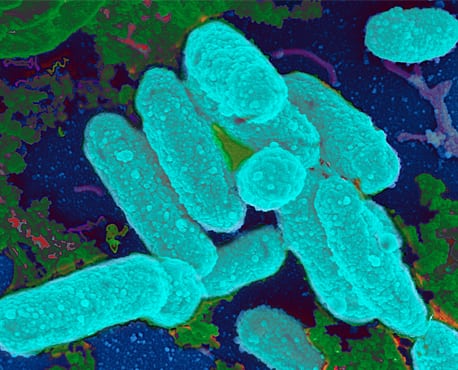Description
Each Package contains (10) patches, each patch will last for 3 days. This patch is designed to help control pain, discomfort and inflammation. Some external biofilm, namely chronic wounds and dental plaque, can be manually removed. Because of their inaccessibility and heightened resistance to certain antibiotic combinations and dosages, internal biofilm are more difficult to eradicate. By reducing biofilm in the body it helps eliminate infections with patients that suffer from chronic recurring infections.
Biofilm migration:
Biofilm bacteria can move in numerous ways: collectively, by rippling or rolling across the surface, or by detaching in clumps. Individually, through a “swarming and seeding” dispersal.
This development of a biofilm allows for the cells inside to become more resistant to the body’s natural antimicrobials as well as the antibiotics administered in a standard fashion. In fact, depending on the organism and type of antimicrobial and experimental system, biofilm bacteria can be up to a thousand times more resistant to antimicrobial stress than free-swimming bacteria of the same species.
Researchers have estimated that 60-80 percent of microbial infections in the body are caused by bacteria growing as a biofilm – as opposed to planktonic (free-floating) bacteria. The Biofilm patch is designed to help control pain, discomfort and inflammation. Some external biofilm, namely chronic wounds and dental plaque, can be manually removed. Because of their inaccessibility and heightened resistance to certain antibiotic combinations and dosages, internal biofilm are more difficult to eradicate.
Biofilm bacteria are a part of what is known as the Th1 bacterial pathogens, which according to most researchers, collectively cause chronic disease. Biofilm bacteria can move in numerous ways that allow them to easily infect new tissues. Biofilms may move collectively, by rippling or rolling across the surface, or by detaching in clumps.
Sometimes, in a dispersal strategy referred to as “swarming, seeding”, a biofilm colony differentiates to form an outer “wall” of stationary bacteria, while the inner region of the biofilm “liquefies”, allowing planktonic cells to “swim” out of the biofilm and leave behind a hollow mound. By reducing biofilms in the body it helps eliminate infections with patients that suffer from chronic recurrent infections.

